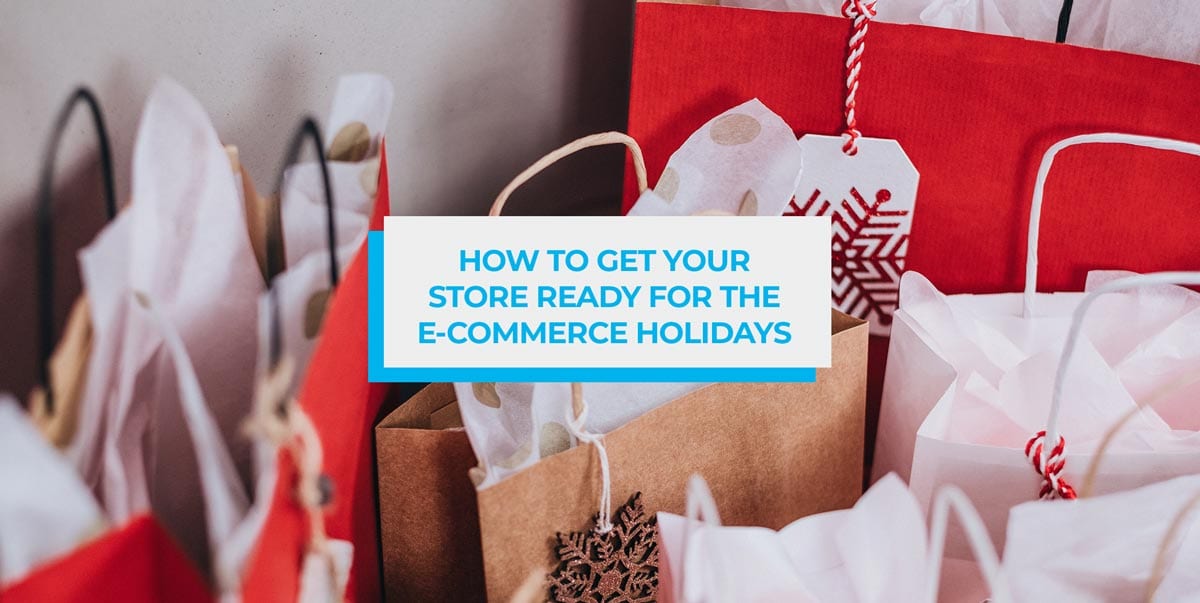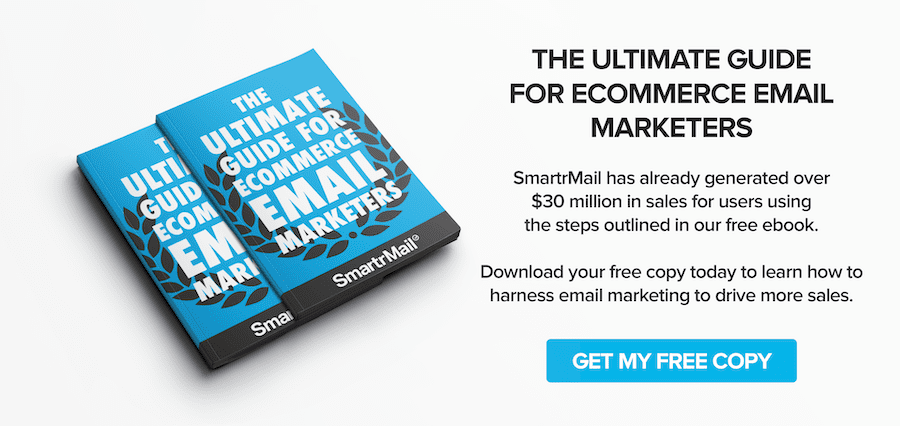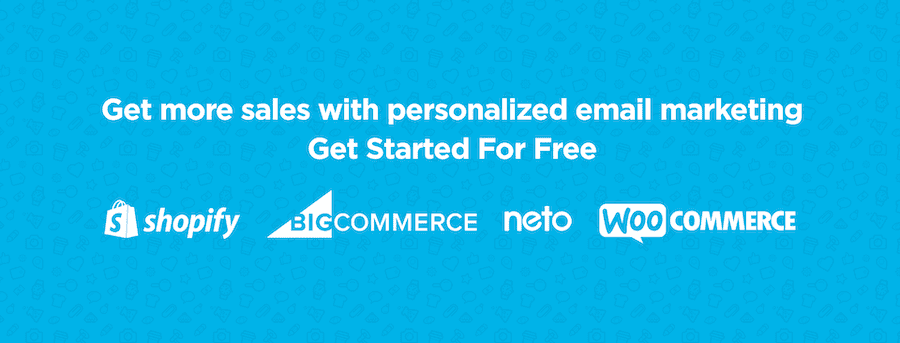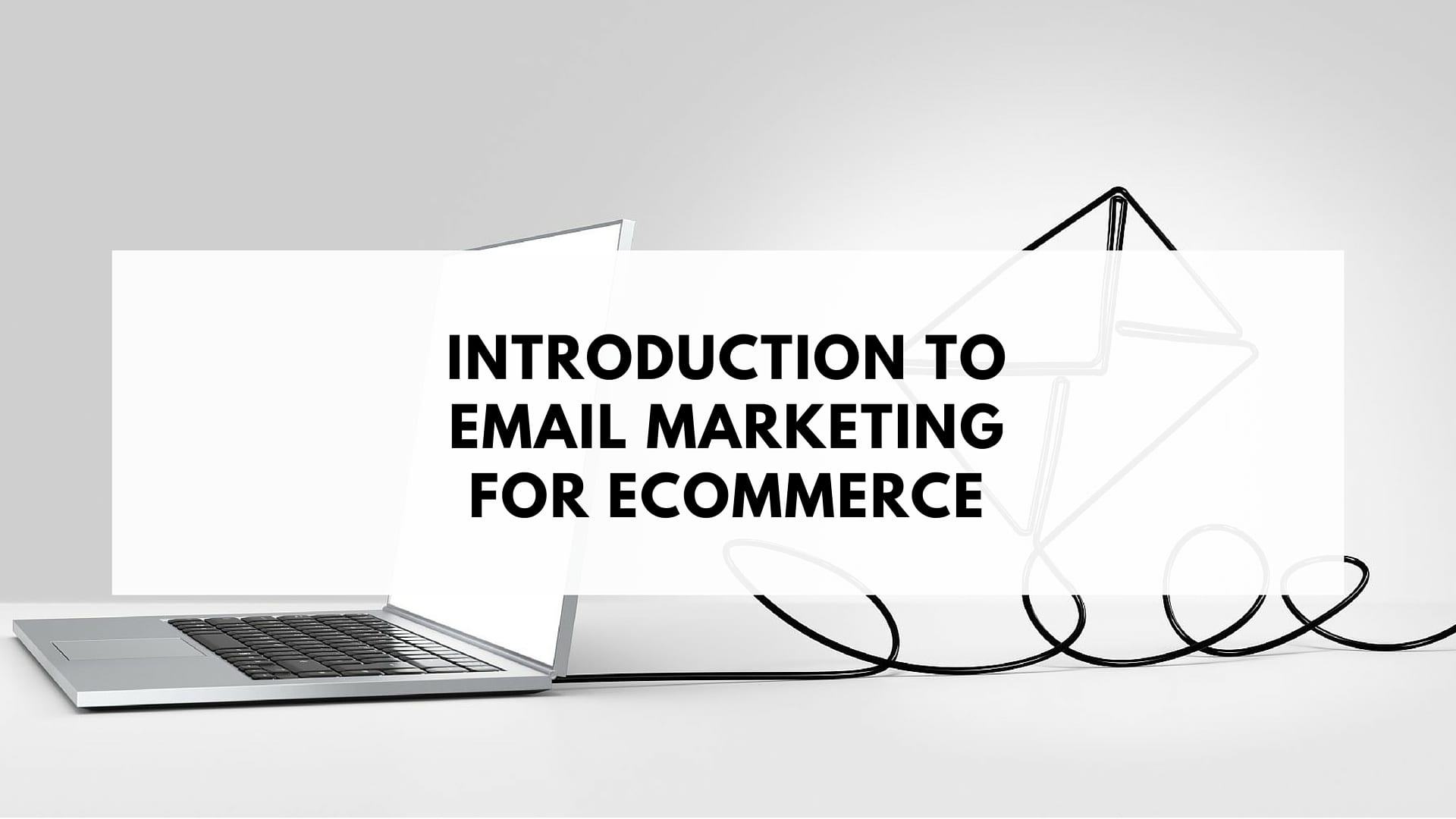The Holiday Season
It’s no secret that shoppers love a good deal. It’s why concepts like coupons, factory outlets, and holiday sales all exist. But as a business owner, it can sometimes be overwhelming trying to decide what sales to participate in. Do you ensure your email marketing covers all and hope some stick? Or do you focus on a few specific to your brand? While the second option might jump out at you, it’s easier said than done. With that in mind, SmartrMail has created a guide to what your e-commerce store can do now to prepare for the holiday season.
One question you might have is “my business is doing fine already, do I even need to participate in these sales?”. The short answer is that holiday sales represent opportunities to draw in price-sensitive customers at a time when they are more likely to be open to spending money. Once they make a conversion, the roots are established, and you can utilize your expansive knowledge of email marketing to keep them coming back. It’s also not as scary as one might think, with data suggesting that Amazon’s massive market share actually decreases between November and January due to competitors.
So when is the ‘holiday season’? Typically, it runs from Black Friday (Cyber Monday for eCommerce) in late November until just after the New Year. While this period may appear at the outset to be one giant shopping opportunity, it, in fact, represents multiple discreet holidays, each with its own pros and cons.
Prioritizing Holidays
Not all holidays are created equal, and what generates the most sales for your business will be determined based on how relevant the sale is to your customers. Does your woolly-sock business operate in the USA? Chances are Cyber Monday will see a lot of customers taking advantage of your sales to prepare for winter. On the other hand, a Japanese antique business probably isn’t going to see profits explode from a 4th-of-July sale simply due to a lack of relevance.
Global Holidays
If you have a business that operates or ships to multiple countries and makes products for all walks of life, the main holidays to take advantage of are Christmas (and its lead-up), Boxing Day, New Year’s, and Easter. These holidays are relevant to nearly all Western countries and, therefore, have the widest reach. In recent years, there has been a trend towards stretching Christmas sales to up to two weeks before the 25th and stretching Boxing Day sales for the period of time between the 26th and New Year’s Eve.
Whilst Black Friday is a day of brick-and-mortar sales right after Thanksgiving in America, there is a growing trend of global eCommerce stores joining in on the opportunity with ‘Cyber Monday’. By having a day of online sales directly after the Thanksgiving weekend, shoppers are able to grab a bargain without the stress of Black Friday hordes and the guilt of not spending the long weekend with family. In 2016, online U.S. shoppers alone spent $2.67b USD on Cyber Monday compared to $1.97 USD on Black Friday.
Country-Specific Holidays
If your business has already segmented its mailing list based on country, then holding country-specific sales should be a no-brainer. Many country-specific holidays fall outside the main holiday season and are therefore a fantastic opportunity to see a boost in sales in an otherwise regular period. Some examples include:
- Australia Day (Australia)
- Independence Day (USA)
- Chinese New Year (China)
- Bastille Day (France)
Religion-Specific Holidays
Due to the nature of this category, only certain eCommerce stores will see benefits for participating in religious holiday sales. Whilst Christmas and Easter are technically Christian holidays, they are commonly celebrated by secular communities and thus not confined to this category.
It is likely that if you already know what religion-specific holidays you want to hold sales for, then you have a working knowledge of what is and isn’t appropriate for that particular religion. Due to the variable nature of religious holidays and their rules, the best advice is to act on the side of caution and to be respectful of your entire mailing list.
What Should My Email Marketing Look Like?
The most important thing to remember is that your sale should be an extension of your brand. If you feel as though a particular sale opportunity is too shallow or doesn’t make sense, then the odds that your customers think so too are pretty high. Because of this, well-established sale dates (such as pre-Christmas & Boxing Day) are the easiest entrance point.
As an example, let’s dissect this pre-Christmas sale email I received last year:
Subject Line:
In order to cut through, The Sock Drawer chose to immediately broadcast the benefits of their sale. No matter what product you buy, you will receive 20% off and get free shipping. They would have benefited from having a subject line that didn’t trail off – which probably just means they haven’t had a chance to read the comprehensive ‘How Not To Write A Subject Line’.
Headline:
Once you’ve got someone to click on your email, you need to keep their attention. This email immediately draws your eyes to the fact that their free shipping is still capable of delivering Christmas presents with a high-contract banner.
Main Attraction:
It’s always a good idea to remind email recipients why they love your brand. In this case, The Sock Drawer is drawing upon its kooky socks and good value. Additionally, this message has obviously been created specifically for the pre-Christmas period, as it features Red-White-Green lettering, Christmas-themed socks, and iconic Christmas elements in the background.
Details:
Unless it directly interferes with your brand’s aesthetic, it might be a good idea to include some text excerpts for those who like the nitty gritty. While this example isn’t attention-grabbing or notable, it doesn’t mean the potential isn’t there for a tasteful execution of text details.
What You Can Do Now To Prepare
The first step is to choose what holidays you want to focus on as a business. Using the section outlined earlier, take into account what time of year you would like sales to occur in as well as what sales best fit your brand specifically. With this in mind you can draft up an actual business plan for managing these sales, including contact in the run-up to the sale itself.
The second step is to prepare the images and content early, which you can then schedule in SmartrMail to send whenever you need them to. This means you won’t be rushed in the actual lead-up to the sale and can focus on getting the details right.
Tips & Tricks
Sending one well-crafted email just doesn’t cut it in an age when everybody recognises the potential of email marketing. To combat this, we’ve compiled some tips and tricks to make sure your business stands out on the days that matter:
- Don’t be afraid to send multiple emails. As pointed out in our ‘10 Black Friday & Cyber Monday Email Marketing Tips’, you will have to fight for the attention of your mailing list.
- Enable abandoned-cart emails. Since you won’t be the only store holding a sale on this day, chances are your potential customers will visit a few websites. In that time, they may add items to their cart and then move onto something else. In order to combat this, turn on SmartrMail’s abandoned-cart options in order to benefit from sky-high ROI.
- Don’t leave it until the last minute. Building interest in your upcoming sale is key to making sure people actually anticipate it. But be careful – drawing it out too much or overlapping with other holiday sales could lead to customer fatigue and turn people away.
- Have a snappy subject line. Everybody receives more traffic on dates like Black Friday & Cyber Monday, so having a title that effectively communicates your sale will help to cut through your competitors.
- Segment your list. Segmenting your mailing list based on people classified as holiday buyers, active buyers, and no-purchase subscribers. This will help you to tailor your send frequency based on how likely it is to work on different groups of subscribers.
- Pick your battles. Everyone and their grandmothers have Christmas sales. Sometimes the secret to standing out is picking a holiday that you know your brand will have a bigger impact upon.
- Add delivery estimates to promotional emails. Ease the concern of packages not arriving in time but giving customers a timeframe for each shipping option you offer. This can actually form the body of a ‘last-chance-before-holiday’ email like the Sock Drawer example above.









